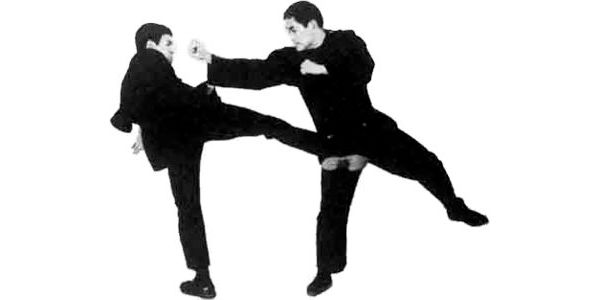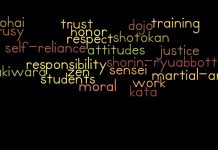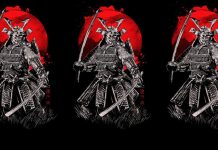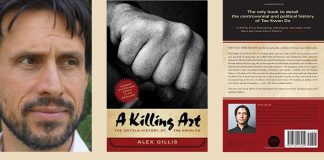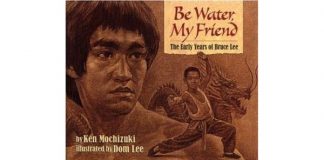Few individuals were as close to Bruce Lee as Ted Wong. Now almost 80, and still teaching the system he learned from Lee, Wong can offer important insights into the late Dragon’s training and instructional methods. As a friend and training partner of Lee, Wong gleaned technical and philosophical information from the legendary martial artist that most individuals were never privy to. In the following Dragon Spirit column, Wong explains what changes he thinks Lee would have undergone in his personal training, and in his overall outlook on the martial arts, had he been alive today. — Editor
After Bruce Lee died, I remained quiet for a number of years. But in the past few years, I have started to get a little more actively involved in the martial arts and jeet kune do. I had always wanted to teach the martial arts someday, but during those years, I felt I was still learning and still training. But I think after 20some years, I have paid my dues and put my time into it. I have found that people really want to learn the original art and what Bruce Lee taught when he was alive. That’s the reason I’m teaching now.
I teach, as close as I can, the art that Bruce taught, and hopefully it has evolved and changed, and become better. I basically teach the fundamentals of jeet kune do, based on Bruce’s philosophy and principles. Over the years, I have tried to improve on it and make it better.
Probably only one percent of those teaching jeet kune do today are still teaching Bruce’s art. Keep in mind that he did not really teach or talk about jeet kune do to many people in his life. I can’t find one instructor who teaches the original form fulltime; it’s more like a hobby.
I think Bruce would be pretty pleased with the martial arts today. A lot of people apply his philosophies and principles, but with his concepts, you can make them conform to other martial arts and, in so doing, they will improve them. The martial arts have really come a long way since his passing. They have become much better and more practical.
Bruce always wanted to stay away from the martial arts being used as a sport. I think he tended to stay away from it as a sport because you could not fully utilize the art or its potential. It was not the ultimate martial art unless it was “anything goes.” Bruce wanted to practice an art that he could use. No holds barred, no holding back, anything goes- that was his philosophy.
But I think today Bruce would also like the sport portion of martial arts because you develop speed, power and timing- things you can apply to sharpen your skills.
As far as noholdsbarred tournaments like the Ultimate Fighting Championship (UFC), I don’t think Bruce would enter something like that. The UFC still has some limitations to it, even though they refer to it as ultimate fighting. There are still rules that say you can’t do this or that. But I think as a test of your skills, Bruce would like it.
I don’t think Bruce really liked teaching. He definitely didn’t like to teach large groups. If anything, he enjoyed teaching one on one, or small groups. He always found a new way to develop different muscles, to improve speed or whatever. I’m sure he would still be looking for ways to improve conditioning, especially ways that no one else had discovered. He was always researching, reading and looking for more knowledge, analyzing it, and trying to utilize it.
The way Bruce taught and trained was always individualized. He would gear the training to work for you. Bruce could look at you and see what you were lacking and what your potential was. and then he could fully develop your potential. I think he was always looking at the individual and developing a program to suit that individual.
Bruce was a great motivator. He would get interested in you and consumed with the idea of doing everything to motivate you.
If he were still alive today, he would still train and be looking for ways to improve. Because he once said that if you are lacking in your physical ability and conditioning, then you have no business in the martial arts.
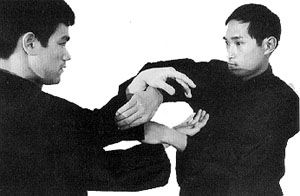
Ted Wong (photo on right) conducts “sticking hands” practice with Bruce Lee during one of their many training sessions.
He spent most of his time developing, researching and experimenting with his art. That left him little time for teaching. In those days, seminars were unheard of. It wasn’t until the early 1980s that people started teaching seminars to large numbers.
When I train now, I always think about him. I try to apply the things I learned from Bruce and use them in my daily routine. It makes me a much better person.
People always ask me about his physical conditioning. I looked up to him because he set the standard to follow in training and conditioning the human body. If he were here today, I believe he would be in even better shape. I don’t think he would ever let himself go.

